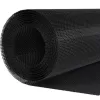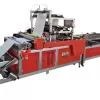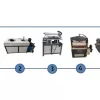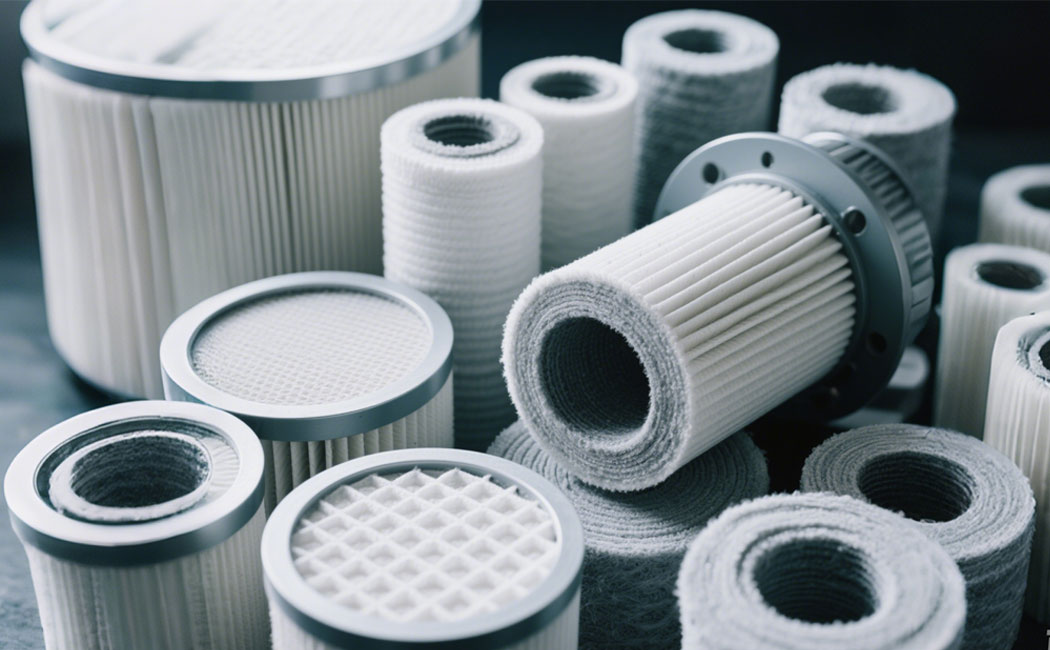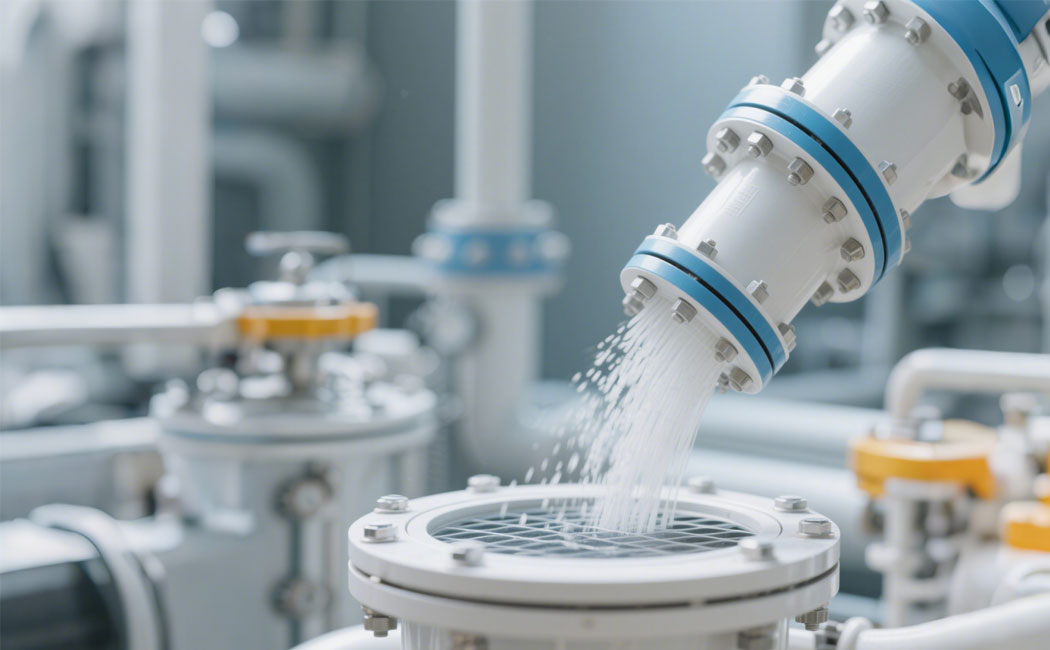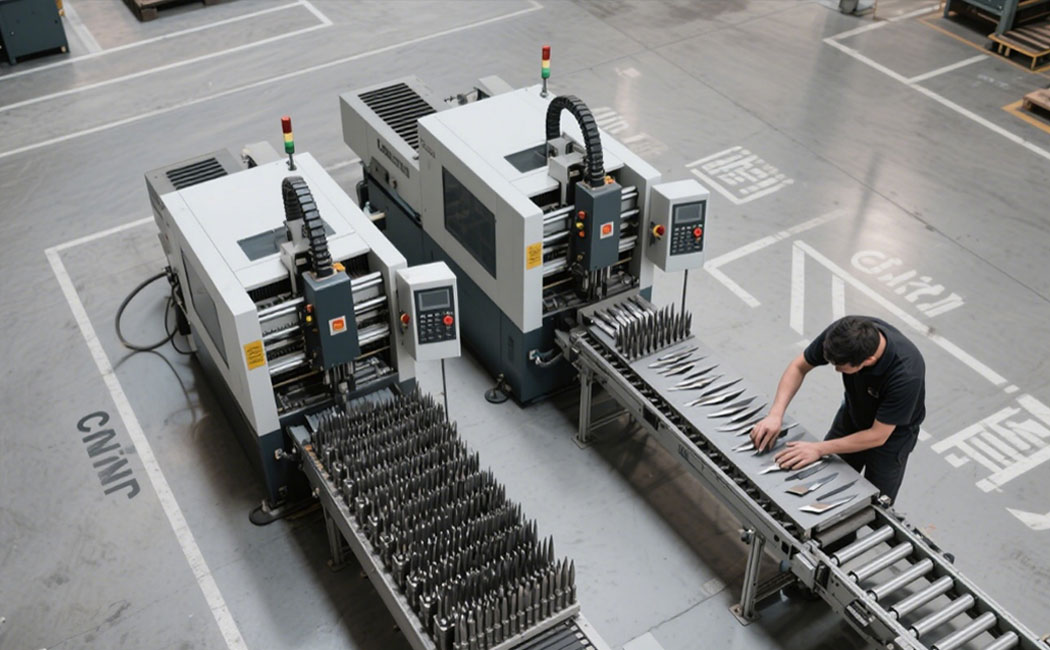How to Prevent Bridging in Filtration: Expert Solutions for Industrial Efficiency
Bridging—also known as the “bridging phenomenon”—is a common challenge in industrial filtration, where particles accumulate on filter media, forming a dense layer that blocks flow paths, reduces filtration efficiency, and increases downtime. For industries relying on filtration systems—from wastewater treatment to chemical processing—bridging can lead to costly operational disruptions.
As a leader in filtration solutions, we specialize in addressing such challenges through advanced materials, precision engineering, and data-driven designs. Below, we break down the causes of bridging and actionable strategies to mitigate it, leveraging innovations in stainless steel mesh, epoxy-coated screens, filter adhesives, and more.
What Causes Bridging in Filtration?
Bridging occurs when particles:
Clump together due to static charge or moisture.
Overload the filter surface when pore sizes are mismatched with particle distribution.
Adhere to media because of improper surface coatings or material incompatibility.
Industries handling fine powders, sticky sludge, or fibrous materials (e.g., food processing, pharmaceuticals) are particularly vulnerable. Left unresolved, bridging forces frequent filter replacements, drives up maintenance costs, and risks contamination.
4 Proven Strategies to Eliminate Bridging
1. Optimize Filter Media Design with Precision Materials
The foundation of bridging prevention lies in selecting the right filter media. For example:
Stainless Steel Wedge Wire Screens: Use gradient pore designs to ensure particles flow through rather than cluster at the surface. Our wedge wire products feature V-shaped profiles that resist clogging and distribute pressure evenly.
Multi-Layer Epoxy Mesh: Combine varying mesh sizes in a single unit to capture particles incrementally, reducing sudden load spikes that trigger bridging.
Anti-Static Filter Papers: Integrate conductive materials (e.g., carbon fibers) to neutralize static charges that bind particles.
2. Enhance Surface Coatings to Reduce Adhesion
Sticky residues exacerbate bridging. Modern coatings can minimize particle adhesion:
Non-Stick Polymer Films: Apply PTFE or silicone-based coatings to stainless steel or钢板网 filters to repel moisture and organic matter.
Epoxy-Resin Bonded Media: Our epoxy-coated filters create ultra-smooth surfaces, preventing particles from clinging to mesh intersections.
3. Implement Dynamic Flow Control Systems
Bridging often stems from inconsistent flow rates. Smart solutions include:
Pulse-Jet Cleaning Mechanisms: Install automated reverse-pulse systems to dislodge accumulated particles without halting operations.
Variable Frequency Drive (VFD) Pumps: Adjust flow velocity in real time to match particle load, avoiding sudden pressure surges.
4. Adopt Modular, Easy-to-Clean Filter Configurations
Design filters for rapid maintenance:
Snap-In Cartridge Frames: Replace clogged modules in minutes without disassembling entire systems.
Backwash-Ready Screens: Use stainless steel wedge wire screens with high open areas (40%+) to enable efficient backwashing.
Why Partner with Us?
Our filtration solutions are engineered to combat bridging at its root:
Material Expertise: From high-tensile stainless steel mesh to REACH-compliant filter adhesives, our products are tested for durability and chemical resistance.
Share:
Categories
- blog(31)
- Industry news(3)
- Technique articles(28)

